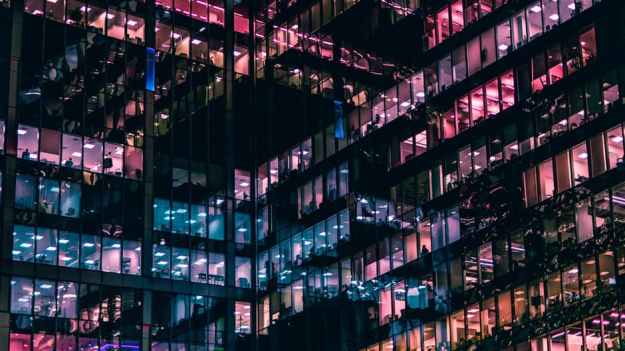With respect to Mental Health Awareness Week, Erin Newton’s excellent article in UD/MH (Urban Design / Mental Health) caught my attention. Erin notes that the built environment can create and maintain risk factors for mental illness by stripping away protective factors for good mental health, for example through:
Reducing access to nature
Reducing opportunities for physical activity
Overloading the senses
Eroding privacy and quiet time
Interrupting sleep
Reducing safety (from crime to traffic to way finding)
Separating people from their social networks

The Built Environment can strip away protective factors for good mental health
As noted in my last blog post, this can lead to an increased state of distress, a solastalgia and yearning for natural environments we recall from the past, further impacting on mental health.
Yet, with with biophilic design and salutogenic approaches, by focusing on what improves mental health, rather than only just reducing the negative impacts, Erin suggests that as built environment professionals designers, contractors and facilities managers we need to be knowledgeable about what hurts, what helps, what heals and to;
Recognise environment affects the mind, the body and perception.
Boost cognitive health by creating visually and aesthetically pleasing buildings & cities.
Advocate for buildings, spaces, cities and communities that have plenty of fresh air, good light and green spaces, while reducing noise and visual pollution through good design.
Create buildings and places for refuge, escape and outlet.
Design places that facilitate people talking to each other in positive, natural social interactions.
Improve mental health by creating safe, walkable communities.
And mental health issues are not only limited to building design and buildings in use, but also the construction process. . I am reminded of Anne Parkers astute contribution to FutuREstorative where she comments ‘I see your wonderful Sustainable buildings shining bright, then I look at your Project Managers and project team and I see the light not so bright and dimming’
Erin Newton is a UD/MH Fellow and part of NK Architects Healthcare Group in Morristown, New Jersey, USA
FutuREstorative is available in hard copy and electronic format from RIBA Bookshops

Its phenomenal how much our constructed environments, whether its where we work or live, affect our mental health and well-being. Building beautiful structures that work within the natural surroundings, or incorporate nature into urban designs can have such a positive influence. Thanks for bringing light to this topic! Its an important issue that is too often overlooked!
LikeLiked by 1 person
Thank you for taking time & interest!
LikeLike